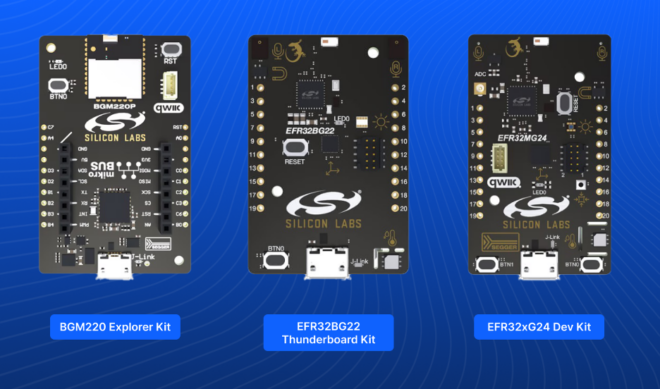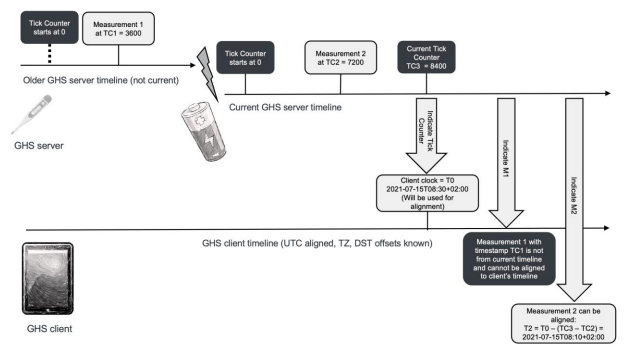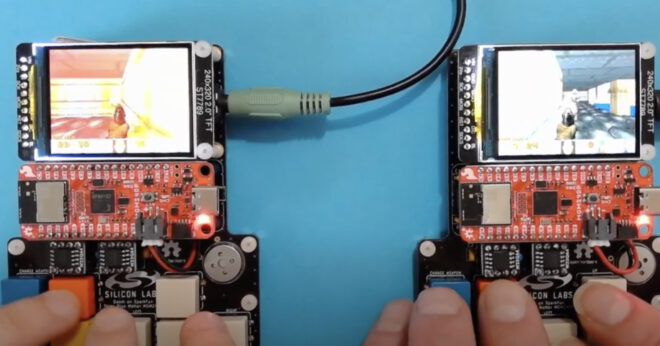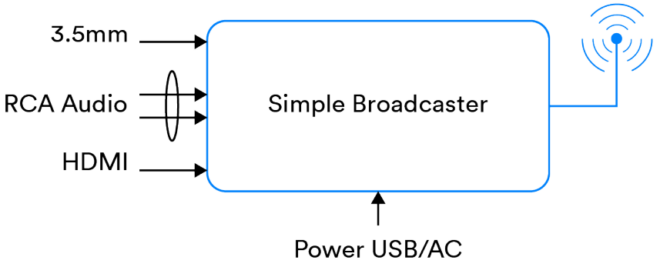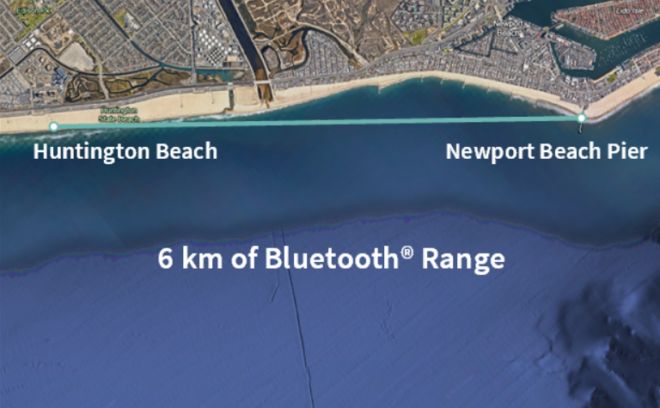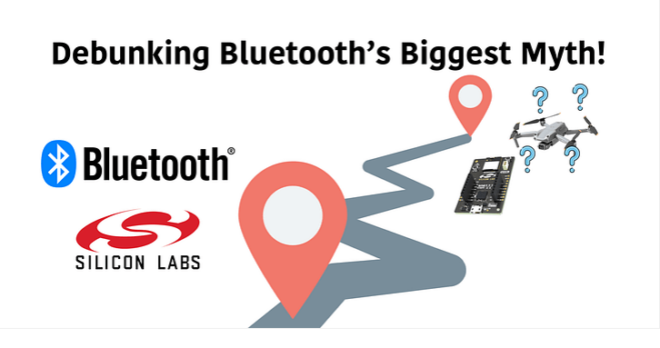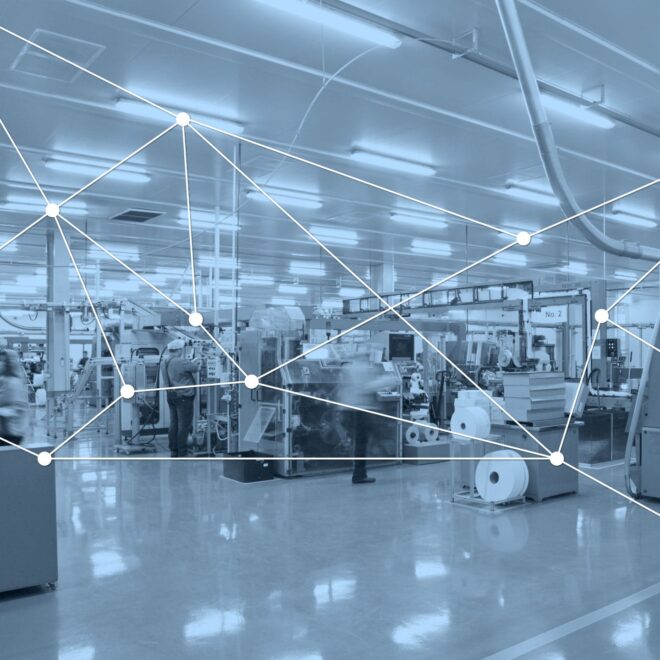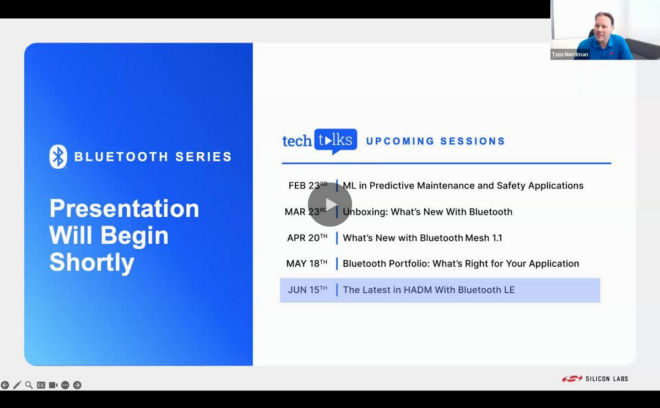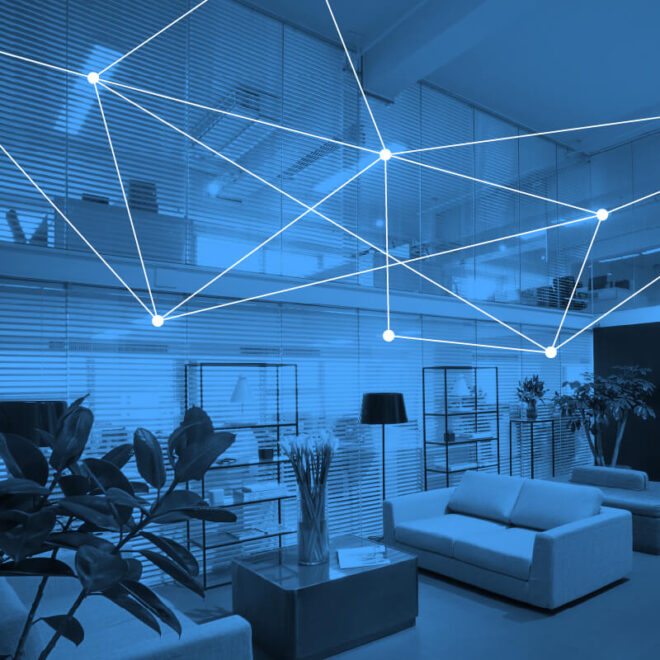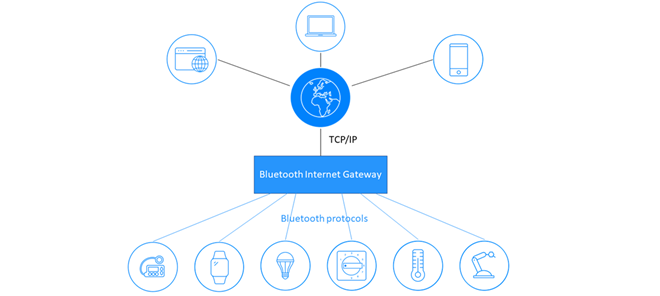The following article is Part I in a series on wireless connectivity options.
When it comes to wireless connectivity, an IoT developer has a slew of options to choose from, but not every technology is fit for a specific project, and no technology is a one size fits all. In the end, the final choice of a connectivity technology (or technologies) for a project comes down to the needs and requirements of that specific project.
Naturally, the requirements of a project depend on the type of application in question. In this article, we’ll focus on the most popular IoT applications in the industrial and commercial space, define the terminology we’ll use throughout the series, outline the most important attributes that affect the choice of wireless technologies for an application, and identify the most popular candidates for wireless connectivity that will be discussed in the series.
Applications
Some of the most common types of industrial and commercial applications include:
| Condition Monitoring Sensor Networks: For example, a system to monitor the status of machinery in a factory. | |||
| Control and Automation Systems: Commercial lighting, security systems, video cameras, etc. | |||
| Asset Tracking: For example, tracking locations of medical equipment/devices in a hospital. |
Terminology
Before we go over the list of attributes of an IoT system, let’s define the different terms that will be used in this series.
- IoT (Internet of Things): There’s a lot of confusion around this term, and you will likely see many, sometimes conflicting, definitions. For simplicity, we define IoT as the capability of devices to communicate with each other over one or more wireless networks.
- Device: A piece of electronic equipment capable of wirelessly communicating with other peers within a network. Examples include smartphones, connected light fixtures, connected sensors, door locks, and smartwatches.
- Gateway: A device built with the purpose of bridging two or more networks (that normally cannot communicate with each other). For example, a gateway may be installed in a building that has a dozen Bluetooth® enabled door locks installed. The gateway in this scenario would be used to bridge the Bluetooth connected door locks to the internet or a local Wi-Fi network.
- Cloud: Refers to a public domain network (the general internet) or a private domain network, such as in cellular networks.
Attributes

Now let’s define what we mean by an attribute in this context. An attribute is a property that defines the behavior of devices within an IoT system and how they interface and interact with each other.
The most important attributes of an IoT system include:
Communication Model
The communication model describes the requirements for communication from end devices in a system. In this context, we are considering the following types of communication models.
-
- Device-to-Device: Devices within the network need to communicate with each other
- Device-to-Gateway: Devices within the network need to connect to one or more gateways within the system
- Device-to-Cloud: Devices within the network need to communicate with a cloud-based backend server
Range
We define range as the maximum distance at which a reliable connection between two devices within the system could be achieved.
Throughput
Throughput is the maximum data rate supported by connections between devices within the system. Keep in mind that throughput requirements could differ depending on which part of the system we’re talking about.
Mobility
Mobility defines whether devices are physically fixed or mobile.
Power
Power refers to the overall need for device power consumption within the system. This attribute could also differ for each device within the system.
Environment
The environment is characterized by the objects and wireless noise in the area surrounding the system. Four types of environments include outdoor, industrial, office, and home.
Cost
Two types of cost consideration in this context include:
-
- One-time costs, such as the costs of devices themselves and installation cost
- Recurring charges like subscription fees that may be associated with the connectivity
Wireless Technologies
The common wireless technologies considered for IoT applications that will be discussed in the series include:
- Bluetooth® Low Energy
- Wi-Fi
- IEEE 802.15.4-based technologies, including Thread and Zigbee
- Z-Wave
- Cellular IoT technologies including NB-IoT and LTE-M
- Wide Area Networks (WAN): LoRaWAN, Sigfox
- 5G technologies
Summary
In the next series of posts, we’ll cover a comparison of the different wireless technologies, highlight specific types of applications, list the most important attributes associated with each, and provide a list of the most suitable wireless technologies for each of these applications.
![]()
STAY INFORMED
Bluetooth Email Updates
Stay up-to-date on what’s new with Bluetooth, and get the resources you care about, from newly released papers and case studies to developer study guides, videos, and more. Subscribe to receive timely, relevant emails that won’t overfill your inbox.


